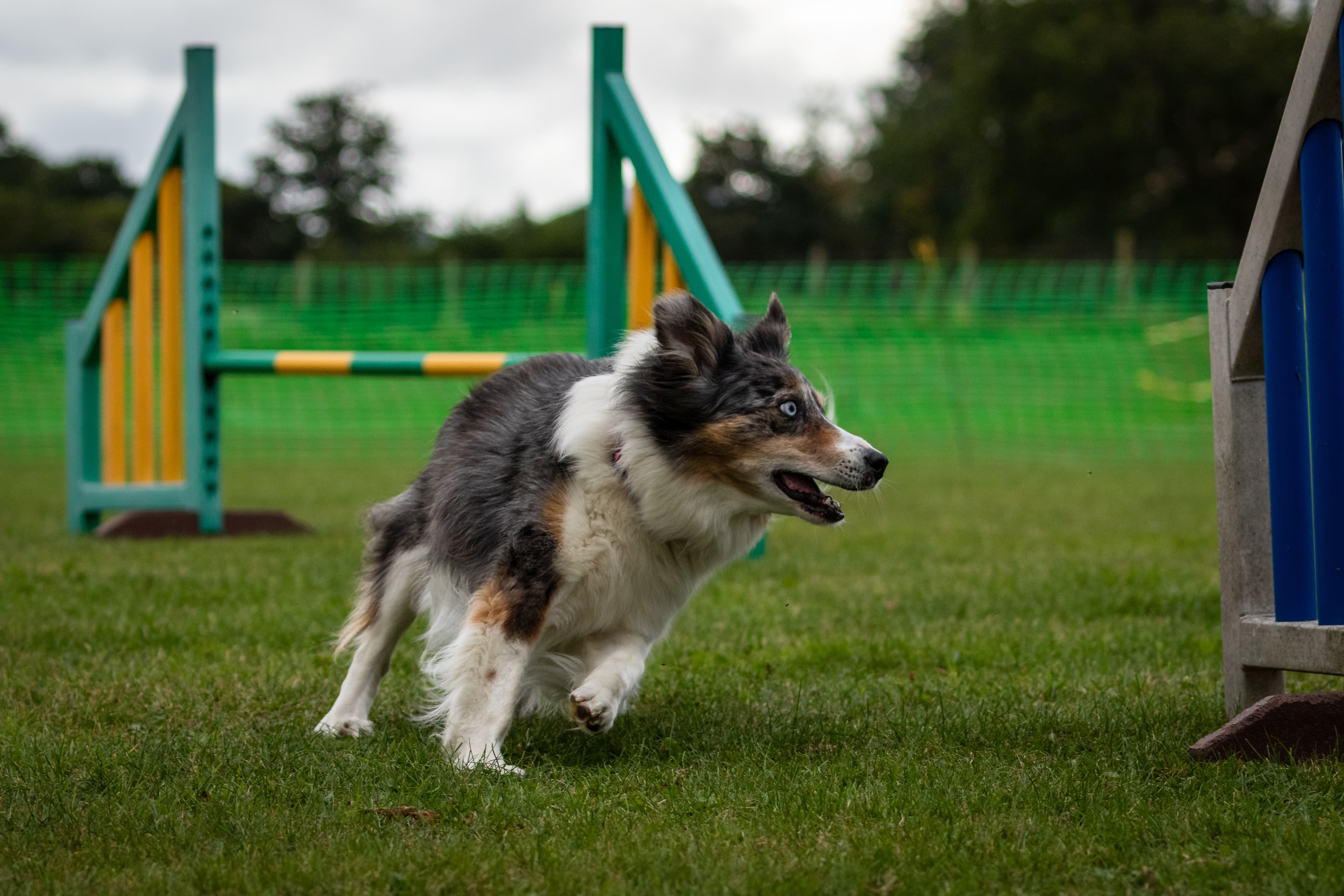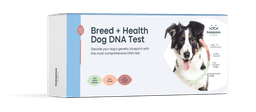Training your dog at home can be a rewarding journey, filled with challenges and triumphs. As a beginner, you might feel overwhelmed with where to start, but fear not! This guide is packed with practical tips to help you and your furry friend succeed. From understanding your dog's needs to mastering basic commands, we've got you covered. Let's embark on this training adventure together, and turn those canine challenges into achievements.
Puppy-proofing Your Home
Before diving into training, ensure your home is puppy-proof. This crucial step is about more than safety; it sets the stage for successful training. By removing temptations and hazards, you're not just protecting your pup, but also preventing the development of bad habits.
Puppy-proofing Checklist:
Electrical Cords and Wires: Keep them out of reach to discourage chewing.
Toilet Lids: Always closed to prevent drinking from the bowl.
Secure Trashcans: Avoids temptation from smelly objects.
Close Doors and Windows: Reduces escape attempts.
Gates and Fences: Limit access to off-limits areas.
Early Training and Socialization
The adage "start early" rings true in dog training. Begin training as soon as your puppy arrives home. Early dog training tips for beginners curbs bad behaviors before they become ingrained. Socialization is equally important. Expose your pup to various stimuli, including people, objects, and other animals. This exposure helps them respond appropriately to new experiences, reducing anxiety and distraction, crucial for a smooth training process.
Remember:
Socialization: Introduce your dog to different environments and beings.
Positive Experiences: Create enjoyable social interactions.
Ongoing Process: Adult dogs can and should be socialized too!
Basic Training Commands
Commands like sit, stay, come, and lie down are the foundation of dog obedience. These aren't just tricks; they're communication tools that forge a deeper understanding between you and your dog.
Sit: Useful in various situations, especially when needing calm behavior.
Stay: Essential for safety and control, especially outdoors.
Come: Vital for off-leash reliability and emergency situations.
Lie Down: Helps in calming and settling your dog in different environments.
Practice these commands consistently, using positive reinforcement to encourage your dog.
Consistency in Training
Consistency is key in dog training tips for beginners at home. Stick to the same commands, cues, and routines. Consistent training helps your dog understand and predict what is expected, reducing their anxiety and confusion. If you train in the morning, maintain that schedule. Consistency in rules and behaviors across all family members is also crucial.
Key Points:
Regular Schedule: Helps dogs anticipate training time.
Uniform Commands: Avoid confusion and enhance learning.
Using Treats and Rewards
Effective basic dog training tips for beginners involve the smart use of treats and rewards. High-value treats, like small pieces of chicken or cheese, can be powerful motivators. However, don't rely solely on treats. Mix in praises, petting, and playtime as rewards. This variety ensures that your dog remains responsive and eager to learn without becoming dependent on treats alone.
Tips:
High-Value Treats: Use these sparingly for maximum effect.
Non-Food Rewards: Include affection and play as part of the reward system.
Avoiding Negative Reinforcement
In your training journey, it's crucial to steer clear of negative reinforcement. Methods like shouting or using physical force can induce stress, fear, and anxiety in dogs. Instead, focus on positive reinforcement techniques. These methods, which include treats, praise, and play, encourage good behavior without causing psychological harm to your pet.
Key Strategies:
Positive Reinforcement: Use rewards to encourage good behavior.
Gentle Guidance: Correct unwanted behaviors calmly and firmly without intimidation or fear.
Generalizing and Proofing
Training within the confines of your home is just the beginning. The next step is generalizing and proofing these behaviors in different settings. Start with minimal distractions at home, then gradually introduce new environments and distractions. This approach helps your dog apply learned behaviors reliably, regardless of the setting.
Generalizing Steps:
Start Simple: Train in a familiar, distraction-free environment.
Introduce Distractions: Gradually add controlled distractions to reinforce learning.
Handling Common Behavioral Issues
Behavioral issues like barking, chewing, and jumping are common challenges for dog owners. Understanding the root cause of these behaviors is key to addressing them effectively.
Barking: Implement a 'quiet' command. Identify and address the triggers of excessive barking.
Chewing: Provide appropriate chew toys and restrict access to chewable items.
Jumping: Ignore your dog when they jump. Reward calm behavior instead.
Implementing dog agility training tips for beginners can significantly improve these common behavioral issues.
Dog training at home requires patience, consistency, and a positive approach. By understanding your dog's needs and behavior, you can create a strong bond and a well-behaved pet. Remember, every dog is unique, so tailor your training to suit your furry friend's personality and needs. Happy training!
Frequently Asked Questions
How often should I train my dog?
Aim for short, daily training sessions. Consistency is more important than duration.
Is it too late to train my adult dog?
No, adult dogs can still learn effectively. Patience and consistency are key.
How do I deal with a dog that doesn't respond to treats?
Experiment with different types of rewards such as toys, praise, or playtime.
Can I train my dog without a professional trainer?
Yes, with the right resources and commitment, you can successfully train your dog at home using the dog training tips for beginners videos.



